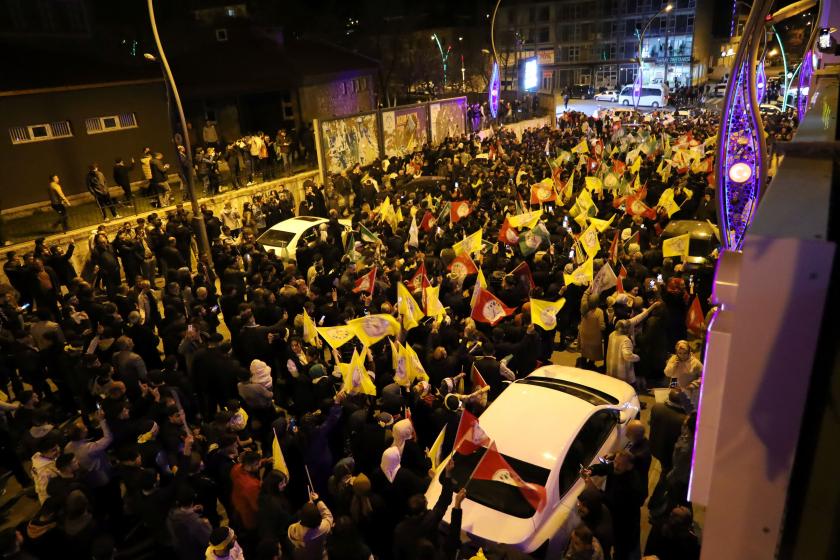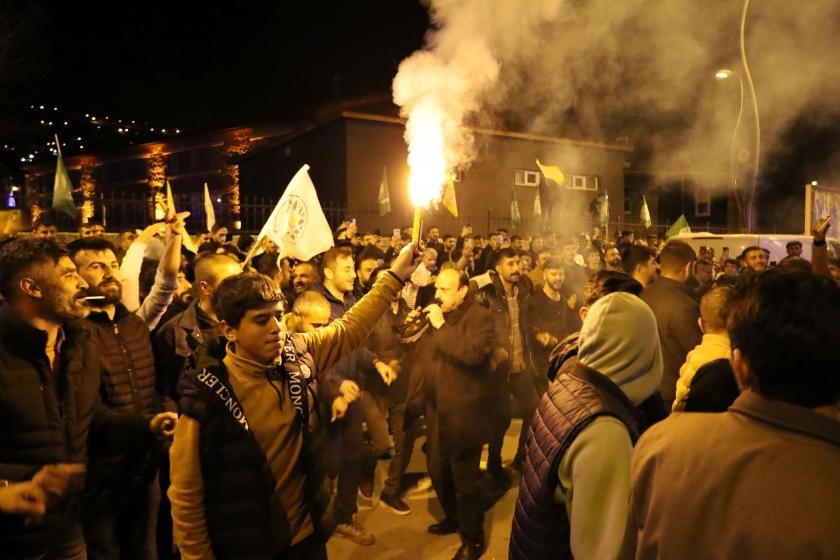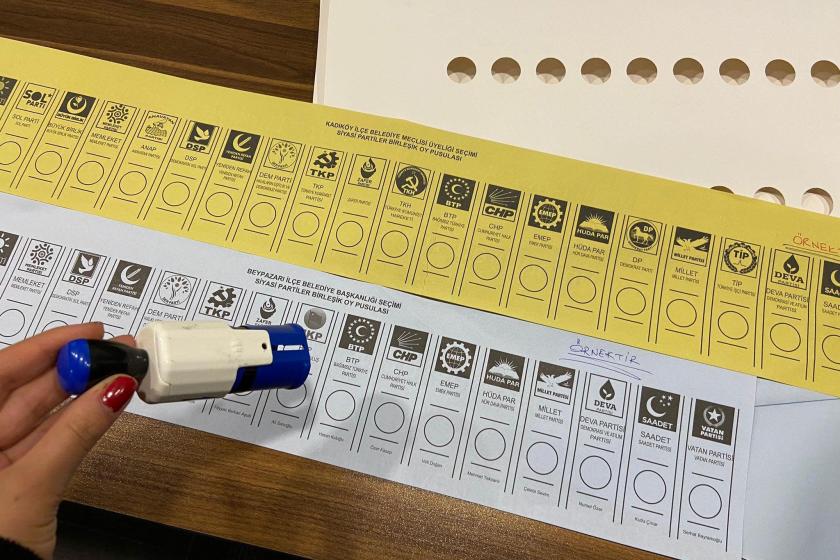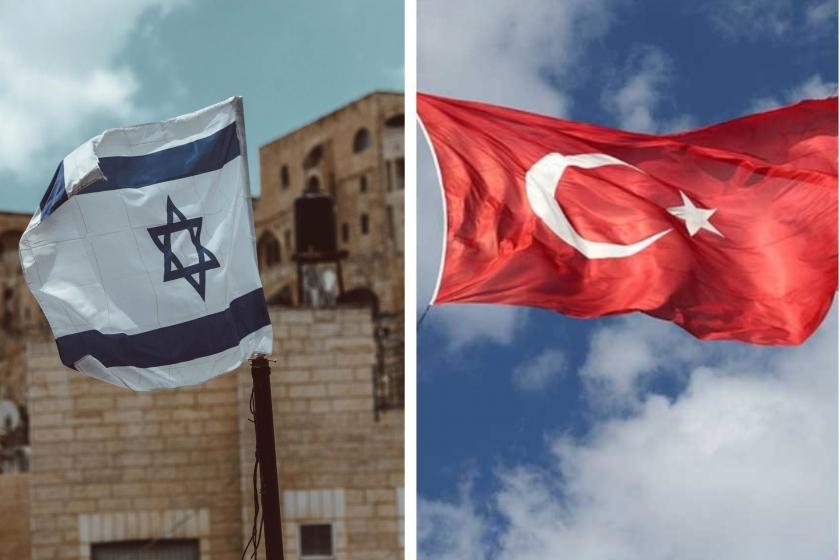There have been important developments in Syria for a while. Dara, where the uprising first began, to a great extent is now under the control of the Syrian army. The border gate of Dara to Jordan is now also in the hands of the Syrian Army.
Dara, which has been under the control of various armed groups, such as Al- Qaida and ISIS, has also been an important area in this proxy war. In fact, USA made attempts to train some of the armed groups and made initial preparations at the Jordan border when the developments were moving favour of the Syrian Army. However, in the region where the situation in the (combat) area and the political ground are changing rapidly, USA came to a point of giving up on the idea of training armed groups and sending them to the (combat) area, and also the conflict with countries like Russia and Syria moved the focus of attention to other issues.
When we take a glance at the general situation in Syria we see the following picture:
Months ago, in this column, we revealed that the Syrian Army and its allies were acting according to their plan of “priority areas to be rescued”. In line with this plan, Aleppo, rural areas of Damascus, Homs, which ties Damascus and Aleppo, and Hama were seen as the priority areas. In the second stage, more attention was given to Deir Ez-Zor both to control the Iraq border with the weakening of ISIS and to form a barrier against YPG and SDG in the post ISIS period.
The third stage included Dara, which is in the southern, most part of Syria and is located at the entrance to the country from the border of Jordan. Initially, there was an intense period of negotiations in Dara. The negotiations which collapsed a couple of times was one of the factors triggering the animosity between the armed groups which were controlling various villages and dwelling units from the border gate of Jordan-Syria to the areas of Dara-Damascus. Some groups were aware of the fact that the “revolution” process, which had begun with a rapid and concentrated political-financial support, was collapsing because while the promised and accustomed support was not coming anymore as a result of the shifting of the proxy wars, their future was also uncertain. Besides, the elimination of the armed groups with agreements and conflicts, and deportation of some of them to Idlib, and the difference of opinion between the pro-agreement and pro-conflict groups in Dara deepened the situation at a level that would lead to confrontation.
Besides, the non-conflict areas which was one of the advantages of the Astana Process was evaluated well by the Russian and Syrian administrations. The application of the non-conflict areas provided the Syrian Army with the opportunity to focus on the priority areas prevented the shift of power to many areas and the weakening of the struggle.
Among the factors which need to be taken into account is the attitude of Jordan, which was left in between the flow of refugees and the pressures of the countries that took a position in the war. In its attempt of not confronting the USA, not breaking communication with Syria and Russia, and not volunteering to protect the armed groups, were among the reasons for the ongoing situation in Dara.
In addition, in the midst of all this, the surfacing of the conflict between USA-Russia and Israel-Iran raised the tensions in Syria. However, both USA´s withdrawal from the nuclear deal with Iran and the start of sanctions, and Russia´s sustaining its relationship with USA and Israel despite the fluctuations affected the balance of power in the area. Russia is now moving from a position which took sides in the war since the uprising began to “a mediator which solves problems”. It is obvious that Russia is in communication with USA-Israel and Iran while there are tensions between the sides, and it is clearly developing solutions, even though it might not be keeping everyone happy. At least under the current circumstances, the demands of the USA and Israel – which is a total withdrawal of Iran from the Syrian borders, and reduce its role and existence- are met to some extent. Iran has not totally withdrawn from Syria, and will not do so in the near future, but it is possible to say Iran started to be less visible. However, it is not yet clear whether Israel´s request to make the Golan Heights part of Israel will resonate with Russia, even though Israel has not withdrawn (from Golan Heights) despite UN’s formal request.
So, how will the diplomatic relationship between Russia-USA-Iran-Syria and the situation in the area pan out, when Dara is now controlled by the Syrian Army?
With regards to the answers to this question, the Trump-Putin meeting which took place on 16 July has great importance. Some argue the USA will withdraw from the Syrian soils, while others argue the crisis may deepen.
It is hard to predict the results of the summit, but after Dara, there is Idlib and the areas under the control of Kurds (to be decided). It seems like a military operation will be carried out on Dara with the support of Russia.
However, one of the determining factors on the issue of Idlib is the meetings of Turkey with the USA and whether they can reach an agreement and act together. Although Turkey sees the Kurds in Syria as a threat, USA evaluates them as allies. However, although there was a common agreement on patrolling Manbij between Turkey and the USA, it is likely to go off track with new crises in a short time.
Regarding the issue about Kurds, the negotiation processes after the Putin-Trump summit is expected to determine the forthcoming period. Even if Damascus declares that all the options are on the table, it should not be overlooked that Kurds also declared they are open to negotiation in Damascus.
It seems that in Syria, there will be the days of hard struggles in the diplomacy corridors. The agendas and aims of the contracting parties of the process can be more or less predicted. So, what will Turkey do?
Translated by Cansu Güneş İspir



